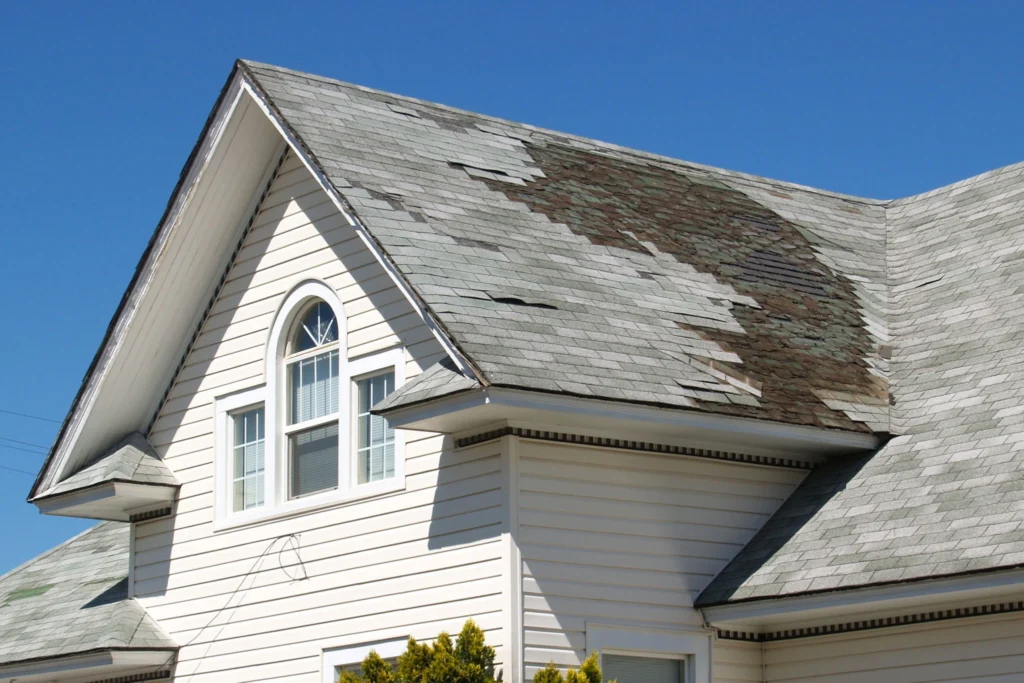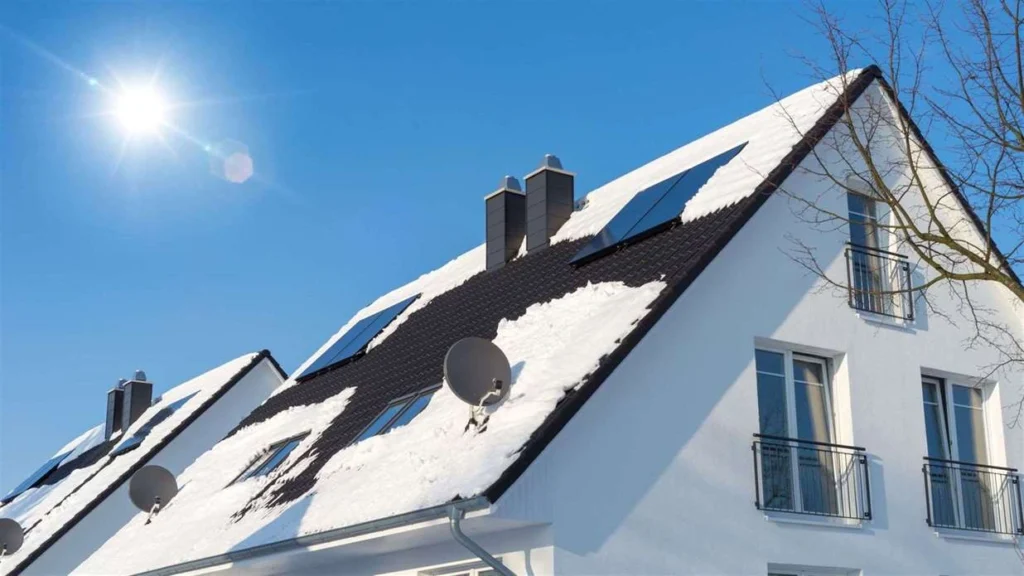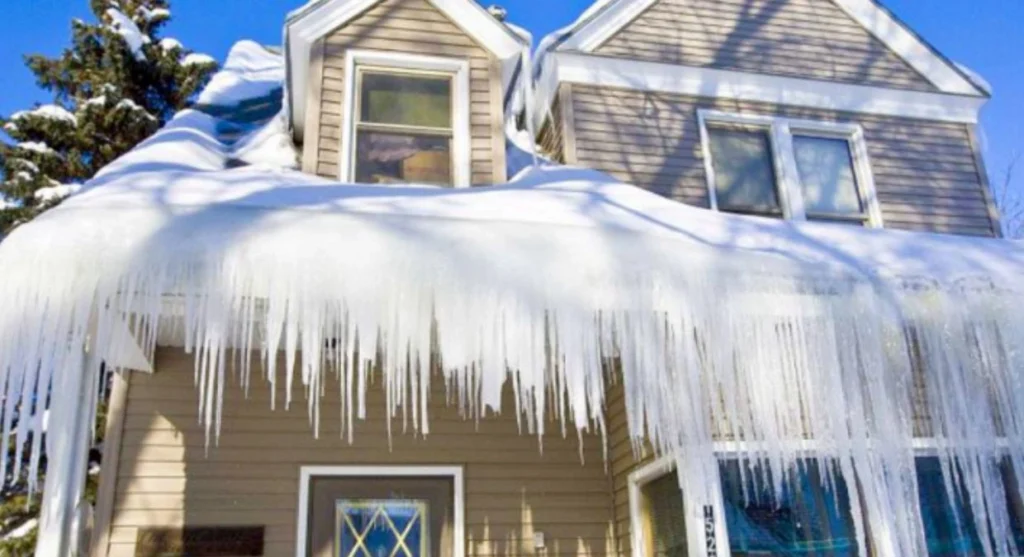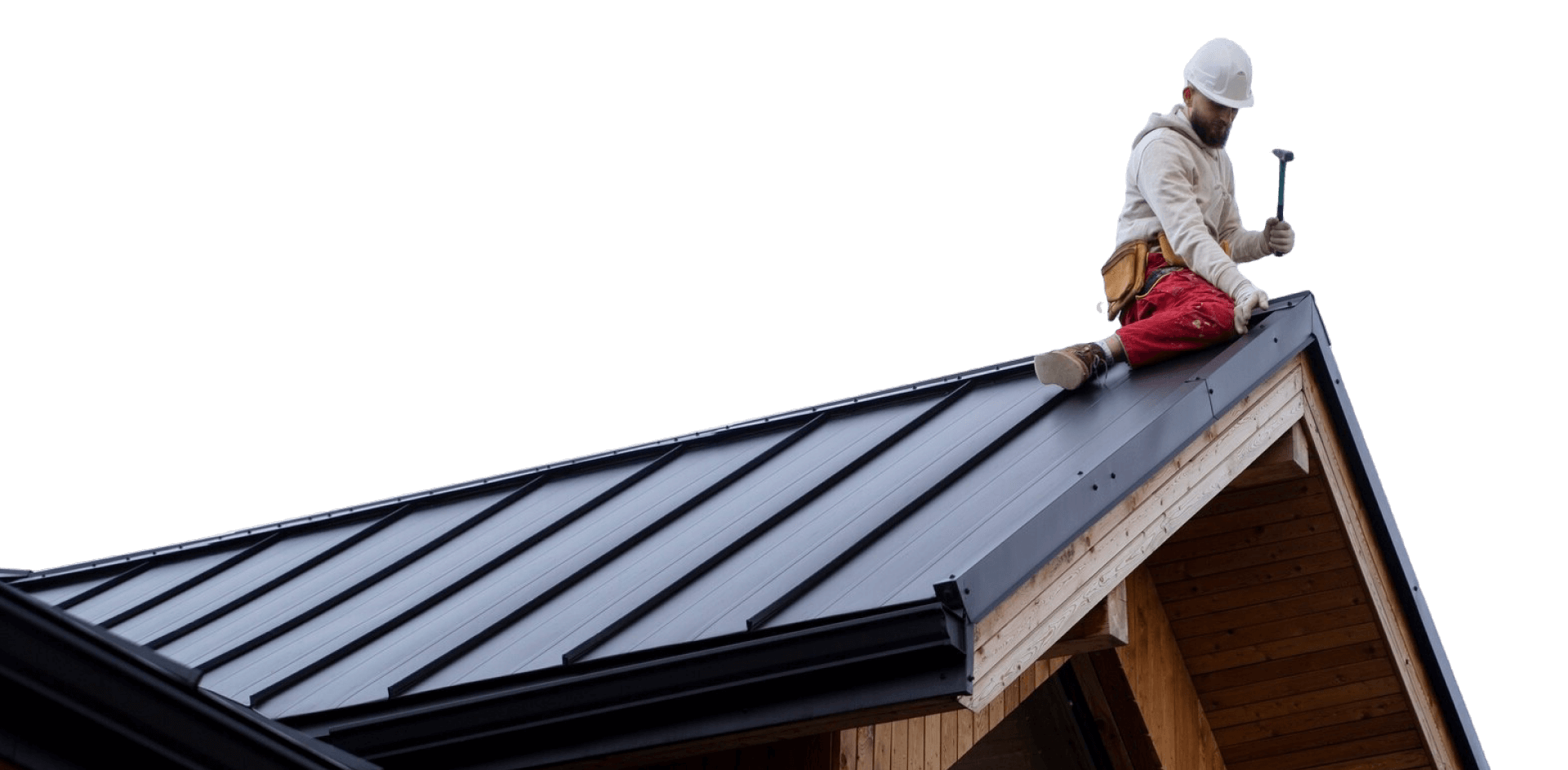Should You Knock Down Icicles from Your Roof? What You Need to Know This Winter
Winter is beautiful—until it starts causing problems for your home. As snow accumulates and temperatures fluctuate, icicles begin to form along the edges of roofs across neighborhoods. But as scenic as they look, many homeowners are left wondering: Should you remove icicles from your roof? It’s a valid concern, and one that requires more than just a ladder and gloves to answer. While a few icicles may seem harmless, they can sometimes be the tip of a larger structural issue, such as poor insulation or even the formation of ice dams that could wreak havoc on your home.
In this comprehensive guide, we’ll walk you through everything you need to know about icicles and ice dams—from when it’s okay to leave them alone to how to safely and effectively prevent and remove them. With expert insights and advice from Proper Roofing, you’ll be equipped to protect your home this winter without risking your safety—or your shingles.
Should You Remove Icicles From Roof?

Icicles may appear charming, but their potential to cause injury or property damage shouldn’t be underestimated. If icicles are forming above doorways, driveways, or walkways, they pose a serious safety hazard to anyone walking underneath. In these cases, removal is necessary to prevent injury. However, the solution isn’t always as simple as knocking them down.
Many large icicles often indicate poor attic insulation, causing uneven roof temperatures that lead to melting snow and refreezing water. This process can also create ice dams, which are far more damaging to your home. Attempting to remove icicles without understanding their root cause can lead to ineffective fixes and unintended damage to your gutters or roofing system. That’s why it’s crucial to assess the entire roofing environment—something a professional from Proper Roofing can do with precision and care.
Should You Leave Icicles Alone?
If the icicles aren’t directly above high-traffic areas or don’t seem to be causing issues, the safest option is usually to let them melt naturally. Many roofing professionals, including those at Proper Roofing, recommend against any kind of DIY removal, especially using tools like hammers, shovels, or sticks. This kind of aggressive action can easily damage shingles, bend gutters, or even loosen fasteners along the roofline.
What many homeowners don’t realize is that icicles are often just symptoms, not the core problem. A recurring pattern of large icicles typically means the attic is losing heat and melting the snow from below, which then refreezes at the colder roof edge. Addressing insulation and ventilation issues will prevent the problem from recurring and save money on energy bills in the process.
Understanding Icicles and Ice Dams
What Are Icicles?
Icicles form when melted snow runs down the roof and refreezes as it reaches the colder edge. This is a normal part of winter weather, and small, isolated icicles are generally not a cause for concern.
What Are Ice Dams?
An ice dam is a solid ridge of ice that forms along the roof’s edge, preventing melting snow from draining off. The water backs up behind the dam and can leak into your attic, damaging insulation, walls, ceilings, and more.
Why Ice Dams Are Dangerous
- Water Damage: Water trapped by an ice dam can seep under shingles and cause hidden leaks.
- Gutter Damage: The heavy weight of ice dams can rip gutters away from your home.
- Interior Damage: Ice dams can lead to soaked insulation, mold, ceiling stains, and drywall deterioration.
- Reduced Roof Lifespan: Prolonged exposure to moisture weakens roofing materials, leading to earlier replacements.
Dangers of DIY Icicle and Ice Dam Removal
Improper Diagnosis
Many homeowners lack the expertise to pinpoint the true cause of ice buildup. Without knowing whether it’s insulation, poor ventilation, or structural inefficiencies, DIY efforts often target the wrong area, leading to temporary relief at best, and worse damage at worst.
Roof and Gutter Damage
The use of sharp tools, like picks or shovels, can dent metal gutters or puncture asphalt shingles. Even something as simple as trying to pry off ice can loosen roofing nails or damage flashing.
Slip and Fall Hazards
Walking on a snowy or icy roof is extremely risky, especially without safety gear. Every winter, emergency rooms see countless injuries caused by ladder falls and slippery roof accidents that could have been avoided with a professional service call.
Lack of Proper Equipment
Most homeowners don’t own specialized tools like roof rakes with extendable poles, hot water applicators, or heat cable controllers. Without these tools, the job becomes more dangerous and less effective.
Electrical Hazards
As ice melts and seeps into the structure, it may come into contact with electrical wiring or appliances, leading to short circuits, equipment failure, or even house fires. This is especially true if your roof’s edge drains into areas near electrical boxes or outlets.
Best Practices for Preventing Icicles and Ice Dams
Professional Snow Removal
One of the best proactive steps is to have accumulated snow cleared off your roof before it melts and refreezes. Professional crews use long-handled roof rakes, not heavy tools, to gently remove snow without damaging the roof.
Improve Insulation
Proper attic insulation helps maintain a stable temperature and prevents heat from escaping into the roof space. A well-insulated attic can reduce energy bills and drastically lower the risk of ice dams forming.
Enhance Roof Ventilation
Ridge and soffit vents work together to circulate cold air under the roof deck, keeping the roof’s temperature closer to the outside air and reducing the conditions that cause ice to form.
Upgrade to Ice-Resistant Roofing
If your roof is older or you’re frequently dealing with winter roof issues, consider switching to materials like standing seam metal roofs. These shed snow more efficiently and are less prone to ice-related damage.
Safe and Effective Ice Dam Removal Methods
Hot Water Application
Professionals sometimes use hot water hoses to melt ice dams gently and guide water through gutters safely. This method is precise and less likely to damage roofing materials.
Heat Cable Installation
Heat cables installed along eaves or gutters can prevent ice formation altogether. They work by warming the roof edge just enough to keep water flowing freely, even in freezing conditions.
Snow Clearing
If the weather forecast calls for more snow or colder temperatures, clearing snow proactively helps reduce pressure and weight on the roof, minimizing the chances of ice dams forming or worsening.
Unsafe Methods to Avoid
Manual Ice Chipping
Never use hammers, chisels, or metal tools to remove ice. While it might seem effective at first, this method voids warranties, damages shingles, and may cause cracks that trap moisture and refreeze.
Chemical Deicers

Roof salt and chemical mixtures can erode shingle materials, stain your home’s exterior, and kill nearby vegetation when washed off. Most importantly, they can void manufacturer warranties, especially with asphalt roofing.
A safer alternative is a hydronic heating system, which uses glycol to circulate warmth and prevent freezing without causing chemical damage.
Bottom Line
Icicles may be pretty, but they’re not always harmless. In fact, they can be an early warning sign of bigger issues like ice dams and poor insulation. Trying to handle the problem yourself can be dangerous and may lead to more costly repairs than you anticipated. By taking proactive steps—like improving insulation and ventilation, hiring professionals for snow removal, and steering clear of damaging DIY methods—you can protect your home and your family this winter. When in doubt, always turn to experienced roofing specialists.
Don’t wait until an ice dam causes thousands in damage—call Proper Roofing today to schedule a winter roof inspection. Our experienced Vancouver Roofing professionals will assess your attic insulation, roof ventilation, and snow load conditions to give you peace of mind all season long. We offer safe and reliable snow and ice removal services backed by years of expertise and the right tools for the job. Whether you’re worried about icicles or dealing with serious ice dams, we’re here to help you protect your biggest investment—your home. Contact Proper Roofing now and stay ahead of winter’s harshest surprises.
Check out our social media pages below:
Check out some of our blogs to help with your Roofing needs:
Can You Replace a Roof in the Winter


